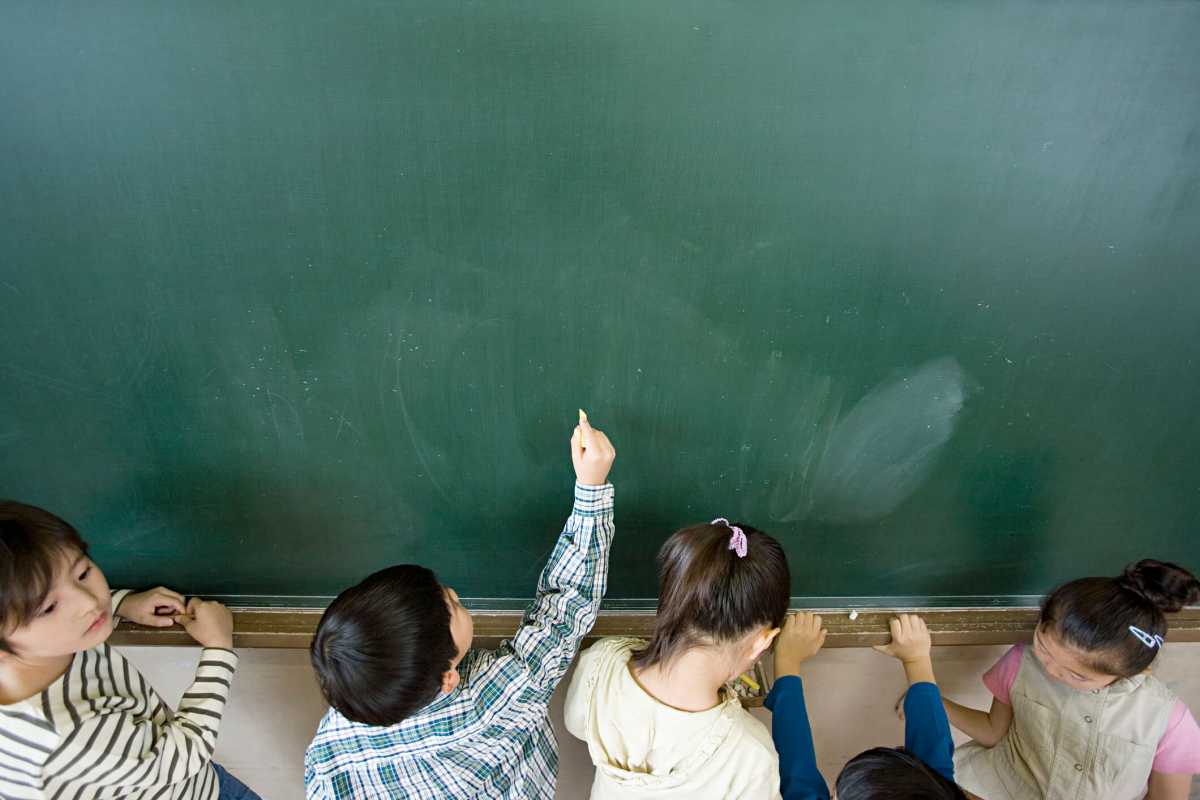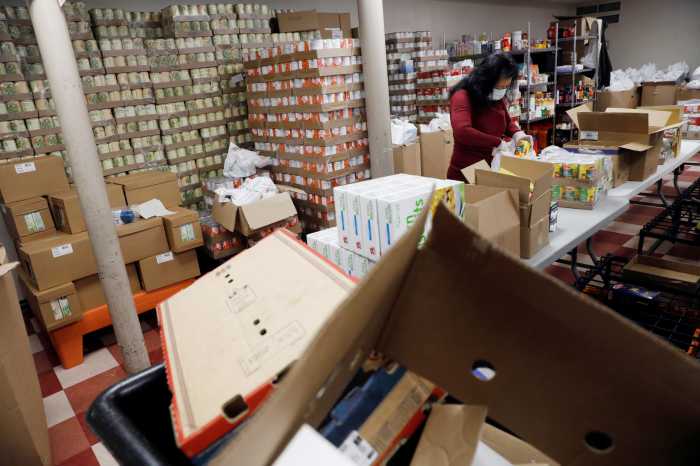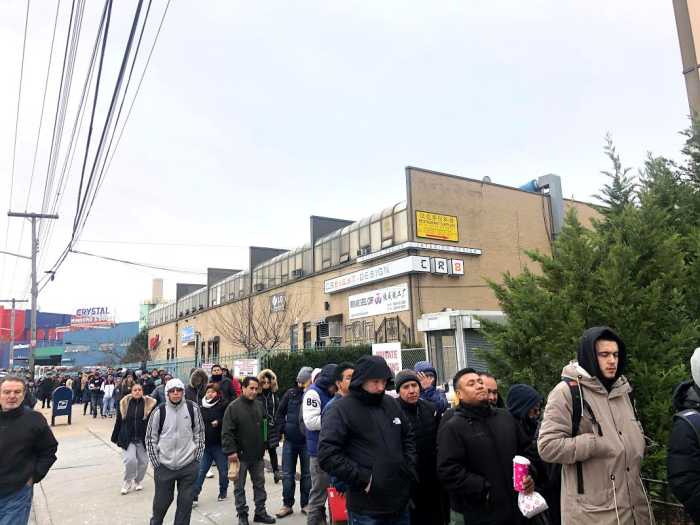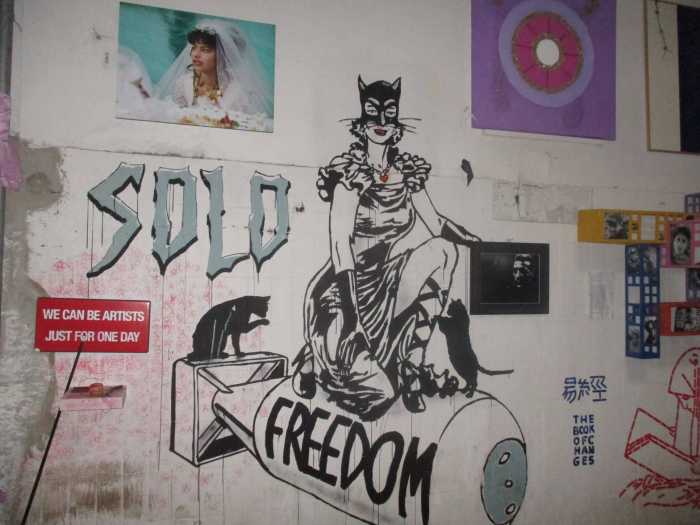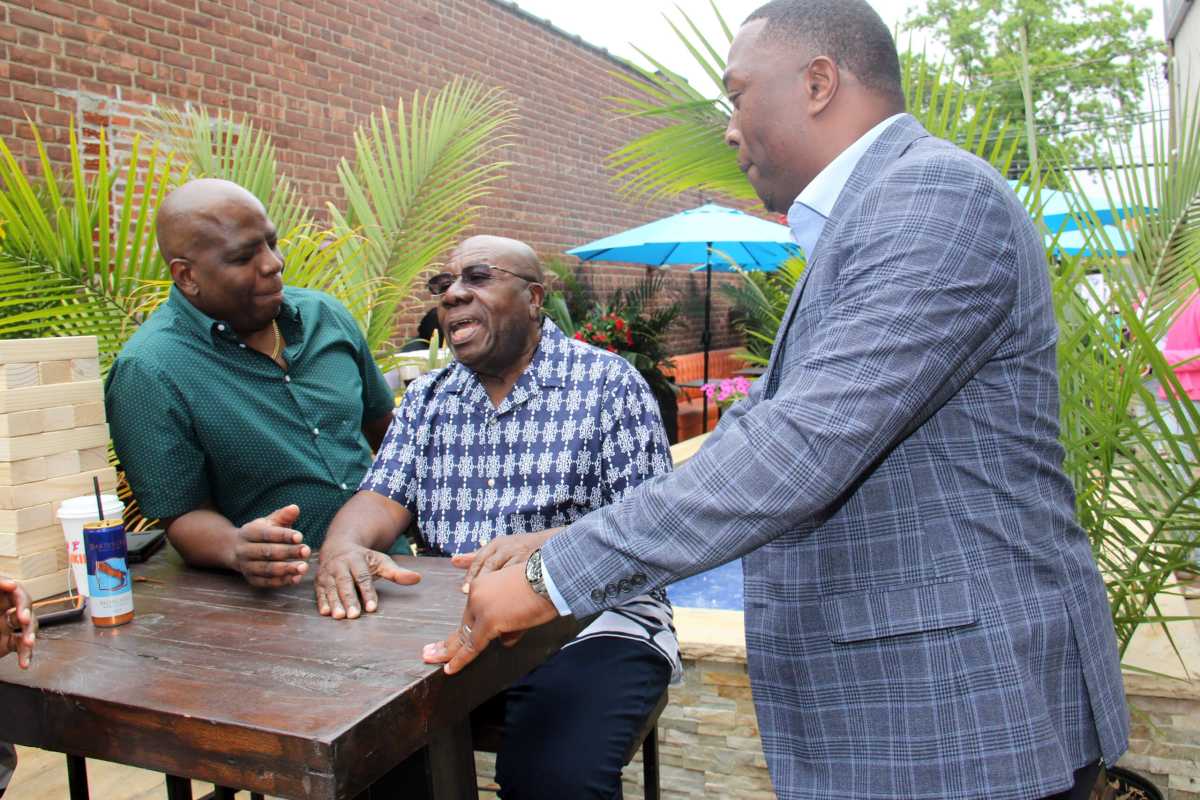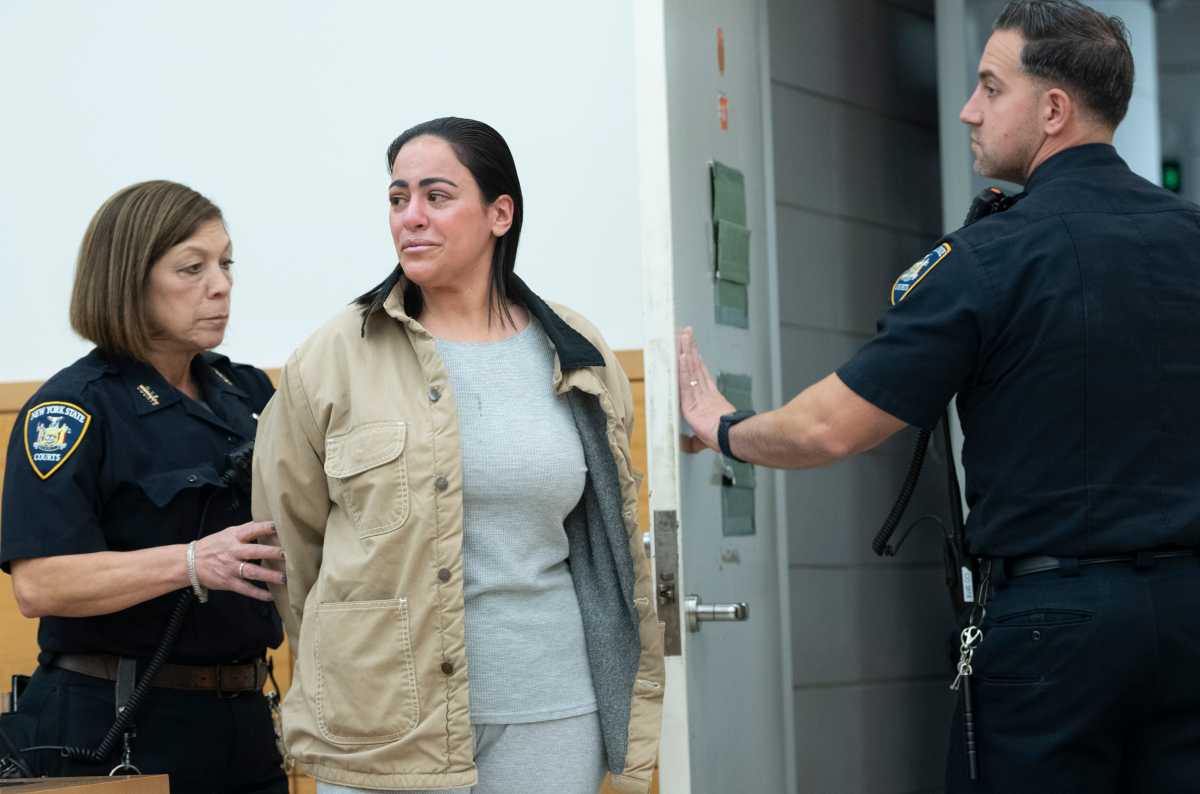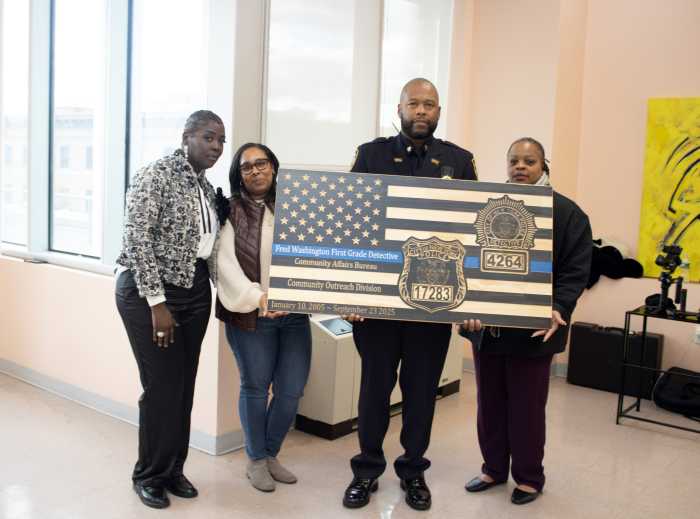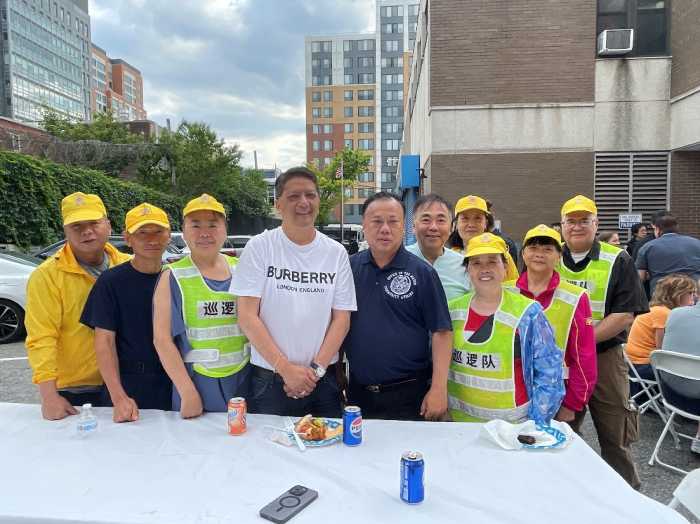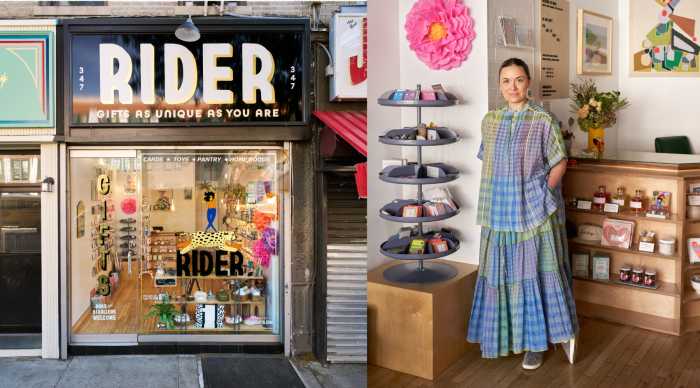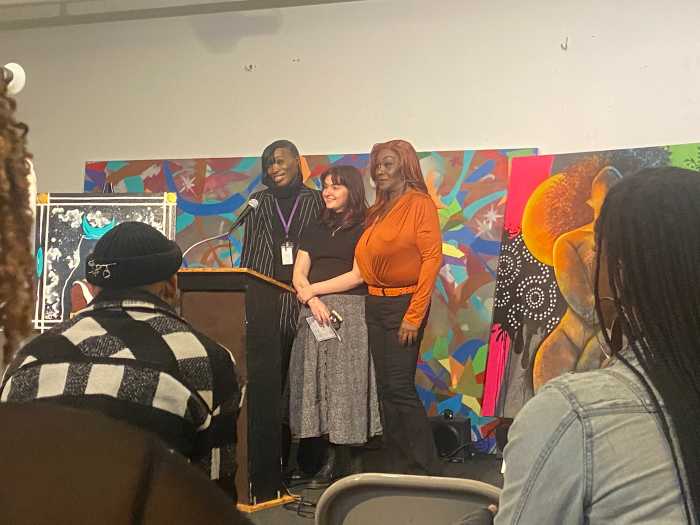Throughout its history, New York City has been synonymous with Emma Lazarus’ ubiquitous quote, “give me your tired, your poor, your huddled masses yearning to breathe free.” The Big Apple has a history of being at the forefront of assimilating newly arrived immigrants, and now it faces another chapter in this history. Since the middle of 2022, New York City has been faced with resettling over 30,000 migrants. New York City’s schools, many of which are already underfunded and understaffed, are now tasked with accommodating the influx of students. Language barriers, varying education levels and mental health considerations often associated with asylum seekers make for a complex situation.
As an immigrant who came to New York City as a child, I did not attend kindergarten. Even though my parents had the benefit of speaking English, they were hampered by the fact that there was no blueprint to enroll me into school or to access needed social services. A daunting task now fronting the newly arrived families in New York City.
My family’s history is innately tied to the Immigration and Nationality Act, also known as Hart-Cellar Act. I am a product of chain migration, and the Hart-Cellar Act’s prioritization of family reunification played a role in that. My father arrived in New York in late 1984 from the South American country of Guyana and he was sponsored by his mother, who was sponsored by her brother. Thereafter, my mother and I joined my father in New York in 1989. My siblings then joined my parents and me in 1993. While my family’s story is a tapestry of various moving parts, chain migration is the tale of many immigrants who move to the United States and there are generations of Autars (and countless others) that have benefitted from this legislation.
My family had the opportunity to navigate the now-defunct Immigration and Naturalization Service. Today though, the overwhelming majority of migrants that arrive in the city do not have the convenience that my family and I benefited from.
Immigration stories are often those of hope and perseverance in the face of uncertainty. For many immigrants, education is seen as the great equalizer because it allows for the opportunity of career and financial success. While this may be true, entering the American education system is often a harrowing experience for newly arrived immigrants, especially when English is not their first language. Even accessing education can be challenging. Once enrolled, other challenges can arise, like language barriers, access barriers to career readiness programs, and personal and family needs.
For my parents, the process to enroll me into school was difficult. It took years for my parents to understand the process, but with assistance from neighbors, I was able to attend a New York City public school in the Bronx. While waiting to be enrolled into school, my parents did their best to teach me the basics, and by the time I attended first grade, I was on the same level as most of my peers.
Even though I was fortunate enough to have been on par with my classmates, I was at a disadvantage because there were no services to acclimate me or my family into American culture from my own Guyanese culture.
Common belief is that New York City has always been a melting pot of different cultures, customs, beliefs and ethnicities. While this has been true of 21st century New York, the period from 1924 to 1965 indicates otherwise. In fact, during the 1950’s it was estimated that more than 80% of New Yorkers were native born . It wasn’t until the 1970’s that demographics began to change, and we’re still struggling to keep up with the needs of our ever-changing population.
As of 2021, the NYC DOE estimates that English Language Learners (ELLs) in NYC public schools communicated in 151 languages other than English. Over 61% of ELLs are Spanish speakers, followed by students who speak Chinese, Arabic, Bengali, Russian, Urdu, Haitian Creole, Uzbek, French and Tadzhik. Based on the DOE’s own internal reporting, nearly 23.8% of all ELL students between the years 2011 and 2017 dropped out of high school. In contrast, the non-ELL student drop-out rate is 6.8% over the course of the same period. This indicates that the offered services do not adequately meet the needs of this diverse population, and the DOE under the Eric Adams’ administration has been scrutinized for not engaging the community effectively in a clear and transparent manner.
There are alternatives that can and must be used to address these issues, and there has never been a more critical time as schools face an influx of new students. For instance, some schools have created recovery programs and tutoring services specifically for ELLs to close the gap and increase comprehension, grades and outcomes. While these tactics do benefit students, the city continues to fall short in new student enrollment which indicates serious parental engagement issues. Specifically, pre-K has seen a dearth of enrollment in some of the neediest areas in the Bronx. Based on this information, it is evident that parental and family outreach efforts from the DOE are severely lacking, and areas with high populations of migrants do not have equal opportunities for success.
The problem is twofold, the city needs to invest in a comprehensive outreach plan in these specific communities to ensure that folks are aware of their resources, and cultural competency needs to be of the highest priority at the initial point of contact.
The lack of engagement and appropriate services to acclimate students into the overall fabric of NYC was an unresolved issue even when I was a student and seems like an overall structural failure in DOE’s approach, leading to disadvantages in education, community involvement and increased mental health and emotional problems.
During the summer of 2022, Oyate Group launched our ‘Beyond Rising’ internship program in collaboration with Fordham University and students from George Washington High School. Our approach is to provide undocumented youth with paid internships that offer them professional development skills, as youth who are undocumented do not have access to the city’s Summer Youth Employment Program. Oyate understands that engaging parents is essential to the program’s effectiveness. These youth have unique demands that require a holistic approach to maintain commitment. While compensation is a motivating factor, we also tailor our approach to account for uncertain situations by offering flexible scheduling opportunities and mentorship.
We have found this to be indispensable because it allows us to assist the youth by engaging the entire family structure. We employ a person-centered approach that considers factors like youth being caregivers or feelings of anxiety around the tentativeness of the job market, etc. We utilize cultural and social competence so that the young people feel comfortable interacting with our team. We also understand that this specific population, many of whom are ELL students, requires an inordinate amount of support.
While our program is one small example of a solution to a complex issue, we believe we must have a holistic approach where the families are at the forefront of engagement rather than individual young people, to integrate and support students who are new to our school system.
An increase in the scope of social service workers is crucial – the current system has shown that it is not conducive to helping the families most in need. For the 2022-23 fiscal year, the DOE has slashed its overall budget, meaning fewer resources allocated to engaging families who already have a hard time navigating bureaucracy.
This needs to remain a priority since many migrants view the school system as a trusted entity to access critical resources. If the DOE were to marshal the appropriate resources and funding to support the overall integration of these marginalized populations and engage the newly arrived families, it can play a key role in alleviating the divide that these communities are facing and hold true to our reputation as an oasis for the huddled masses.



